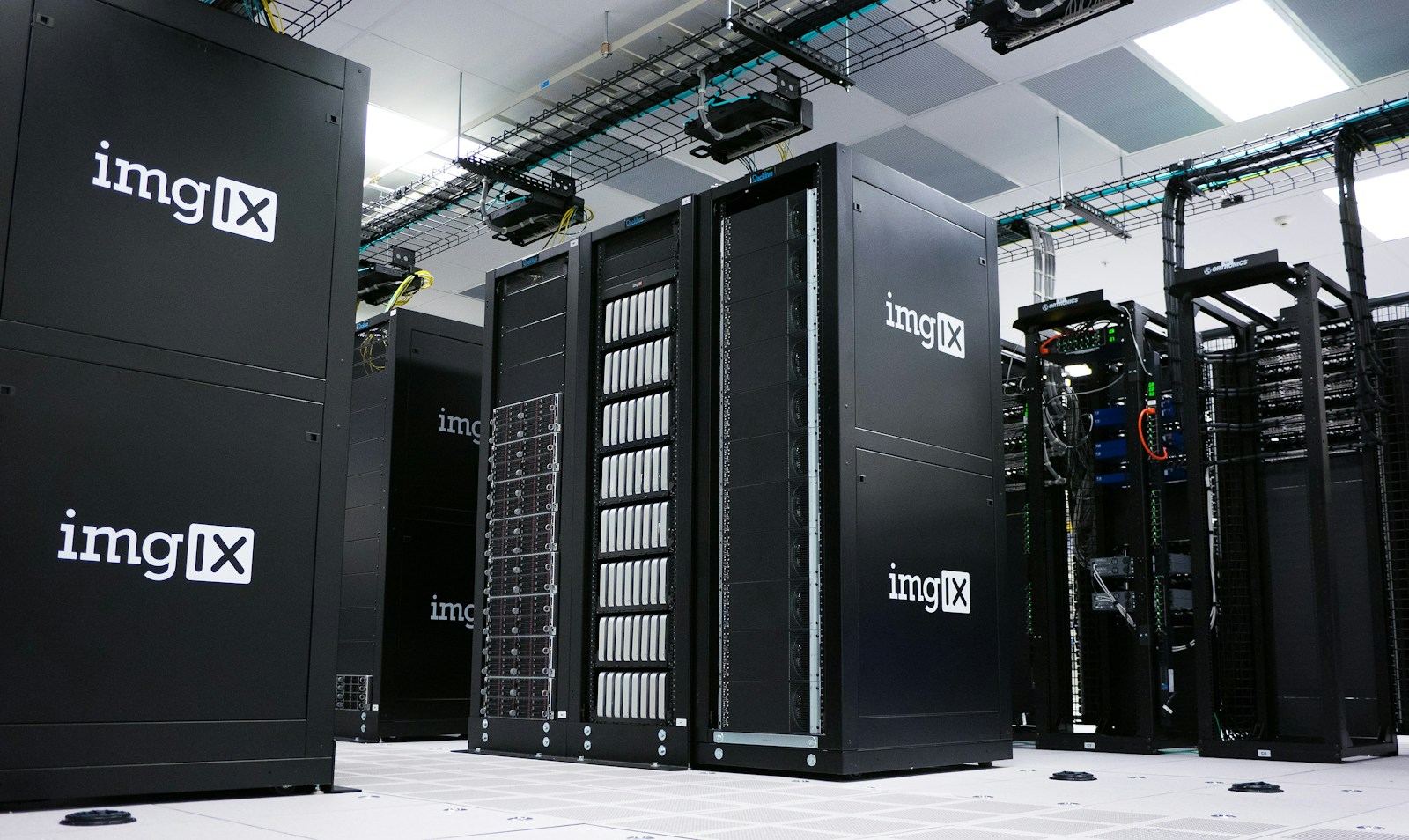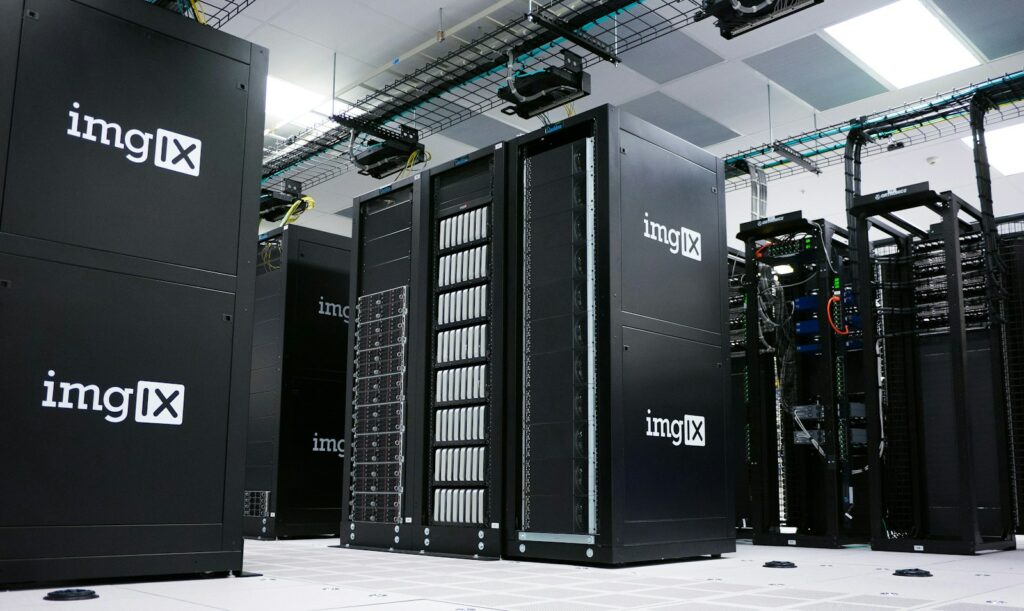
What could drive electric demand growth in the future?
By
Branko Terzic
Assume that energy efficiency, technology advancements and conservation programs will dampen electric demand growth in the future for traditional residential, commercial and industrial customers. What else could increase peak electricity demand and energy consumption in the future?
Here are some likely candidates based on recent press reports.
Bit Coin Mining
This month the U.S. Energy Information Administration will start gathering data on energy use by bit coin mining operations. According to one report “Globally, crypto mining uses as much electricity as the Netherlands.” As long as “bit coins” are valued at levels justifying the costs of mining this demand will grow. Bit coin mining operations look for low-cost reliable supply such as at hydroelectric facilities along with natural cooling to lower costs. Sites in the US with these characteristics will draw bit coin investors.
Data centers and Artificial Intelligence (AI)
According to some reports AI is “on track to consume our entire energy supply” with US data center demand more than doubling by 2030. One forecast is that data centers will draw up to 21% of the world’s electricity supply by 2030. This seems to me to be an incredible number probably based on assumptions ignoring any effects of future technology and efficiency gains.
https://energyathaas.wordpress.com/2023/10/09/data-centers-are-booming/
Electrification of Mining and Drilling Equipment
Mining and drilling are energy intensive operations requiring internal combustion engines running on diesel and frequently accompanied by diesel or natural gas onsite electric generation. Electric battery demand has increased the demand for rare earths many of which are now under Chinese market control. National security policy may support increased mining in the US where rare earths are abundant, but mining is subject to strict regulation or even bans. A pro-mining policy would see increased permitting of mines with accompanying increases in electricity demand.
Electrification of Automobiles
In the earlier Weekly Commentary reference below I had calculated that to replace existing ICE vehicles with electricity power units would require a doubling of the current electricity production.
https://www.brankoterzic.com/eia-chart/
Replacement of Natural Gas for Space Heating and Cooking
I had earlier calculated (see reference) that this would require doubling electricity production over current levels. Dr. Gen A. Ducat came up with similar estimates.
When replacing fossil-fuel burning equipment with electric equivalent Ducat observes that “…most fossil-fuel burning equipment is at least twice as efficient as their electric alternative…” [ii]If this is true for most uses, then replacing 14 quads of delivered natural gas may require 28 quads of delivered electricity and generation.
https://www.brankoterzic.com/increasing-americas-electricity-production-by-replacing-natural-gas/
Desalinization
Electricity for water use was 4% of global total in 2014 but that was for all uses including normal pumping and treatment. Energy use should double by 2040 which will include growth in the use of electricity to remove salt from water – desalination.
https://energy5.com/the-role-of-electric-power-in-water-desalination-and-access-to-clean-water
Marijuana Hothouses in Residences
In the article referenced here a researcher at the Lawrence Berkeley National Laboratory, revealed that legalized indoor marijuana-growing operations account for 1% of total electricity use in the US. That is with 24 states acting to legalize marijuana and another 26 to go. According to the article cited here, growing marijuana in the home hothouse is energy intensive with four plants requiring the same energy as 29 refrigerators. Oregon and Colorado electric utilities have attributed growth in demand to marijuana growers, however higher electricity prices for the required electric lighting may price these growers out of the market when competing with traditional solar agriculture.
https://www.theguardian.com/us-news/2016/feb/27/marijuana-industry-huge-energy-footprint
Production of Hydrogen by Electrolysis
Whether the production of hydrogen by electrolysis will increase electricity demand is debatable as proponents explain that renewable electricity produced when there is no demand will be the energy source for this process. In this regard hydrogen is a storage medium for electricity.
In addition to the energy storage function, hydrogen is one technical solution to problem of decarbonizing steel and cement production, two major greenhouse gas emitting industries. Thus, the demand for increased hydrogen production comes from two separate sectors of the economy.
https://www.irena.org/Energy-Transition/Technology/Hydrogen
Conclusion
Growth in any or all of these eight electricity consuming technologies may lead to higher electricity demand in the future. Time will tell.
The Honorable Branko Terzic is a former Commissioner on the U.S. Federal Energy Regulatory Commission and State of Wisconsin Public Service Commission, in addition to energy industry experience was a US Army Reserve Foreign Area Officer ( FAO) for Eastern Europe (1979-1990). He hold a BS Engineering and honorary Doctor of Sciences in Engineering (h.c.) both from the University of Wisconsin- Milwaukee.
#BrankoTerzic #energy #regulations #experience #research #future #opportunity #strategy #management #people #electricity #power #utilities #future #renewables #RenewableEnergy #energysector #oilandgas #powergeneration #energyindustry #oilandgasindustry #sustainability

